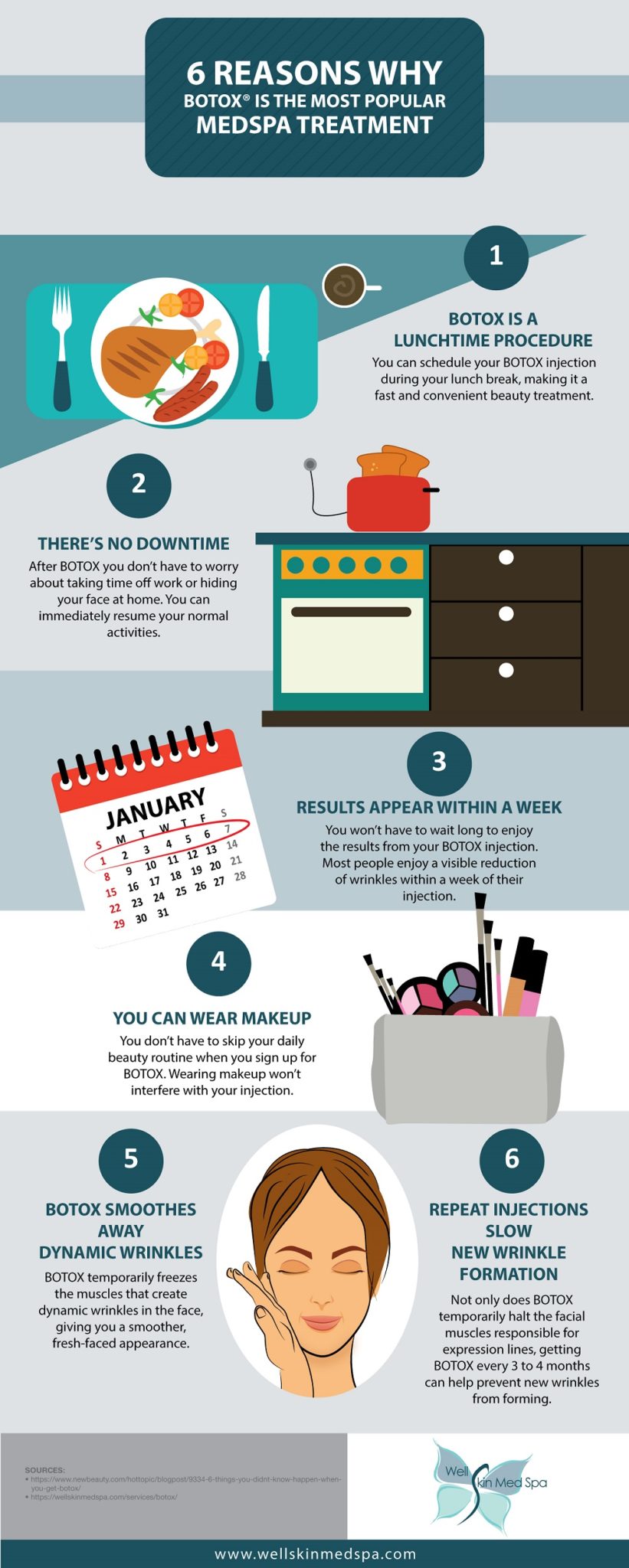Considerable Modifications In Your Kid'S Behavior Could Show Prospective Vision Problems; Discover To Recognize The Indications That Necessitate An Eye Examination To Sustain Their Healthy And Balanced Development
Considerable Modifications In Your Kid'S Behavior Could Show Prospective Vision Problems; Discover To Recognize The Indications That Necessitate An Eye Examination To Sustain Their Healthy And Balanced Development
Blog Article
Content Writer-Peters Xu
As a moms and dad, you play a critical duty in your youngster's wellness, specifically when it concerns their vision. You may notice certain behaviors that might indicate a requirement for an eye examination. Squinting, regular eye rubbing, or grievances of frustrations can be greater than just minor aggravations. Recognizing these indications is vital for your youngster's advancement. So, what should you seek next? Let's discover the common signs and symptoms that can show a vision issue.
Common Symptoms of Vision Troubles in Children
When you notice your youngster having problem with daily activities, it could be an indicator of vision issues.
Look for signs and symptoms like scrunching up your eyes, scrubing their eyes often, or tilting their head to see much better. If they've trouble reading or appear to lose their place often, that's one more indicator.
You could also see them complaining regarding migraines or experiencing eye stress after prolonged periods of reading or using screens.
In addition, if your kid stays clear of activities that need great vision, like sports or drawing, it's worth paying attention to.
Expect any uncommon habits, as these indicators can point to underlying vision problems that need expert analysis.
source web page can make a huge difference in their aesthetic development.
Age-Specific Vision Milestones to Monitor
Every parent must keep an eye on their child's vision growth as they expand.
At around 6 months, your child must start tracking moving objects. By age 1, they should be able to concentrate on and acknowledge familiar faces.
In between 2 and 3 years, try to find improvements in hand-eye coordination, like piling blocks or tossing a sphere.
By age 4, kids ought to have the ability to recognize forms and shades, and they could start to acknowledge letters.
If your youngster fights with these landmarks, it's necessary to bear in mind. Monitoring their progress assists you catch possible issues early, guaranteeing they get the vision care they require for an intense future.
Remain proactive about their vision health and wellness!
When to Set Up an Eye Test for Your Kid
Checking your child's vision advancement is essential, however knowing when to arrange an eye examination is just as important. The American Academy of Ophthalmology suggests your kid have their first eye exam at 6 months old.
Afterwards, schedule follow-ups at age three and once more before they start institution. If your child shows indications of vision problems-- like squinting, problem reading, or migraines-- don't wait on the following arranged consultation.
Additionally, if there's a family history of eye issues, positive exams are essential. Keep https://drive.google.com/file/d/1zH1IrymooutHsU39iG2flKe1lQgHNjEK/view?usp=drive_link on any kind of modifications in their vision or actions, and depend on your reactions.
Routine examinations can assist catch possible issues early, guaranteeing your kid has the best chance for healthy and balanced vision.
Final thought
To conclude, remaining sharp to your kid's aesthetic behaviors is crucial for their eye health. If you discover any kind of indications like squinting, eye rubbing, or difficulty with analysis, don't be reluctant to set up an eye examination. Keep in mind, very early detection can make a significant difference in their visual development. Depend on your impulses as a moms and dad, and guarantee your youngster obtains the care they require to prosper. Routine exams can assist keep their eyes healthy for several years to find.
